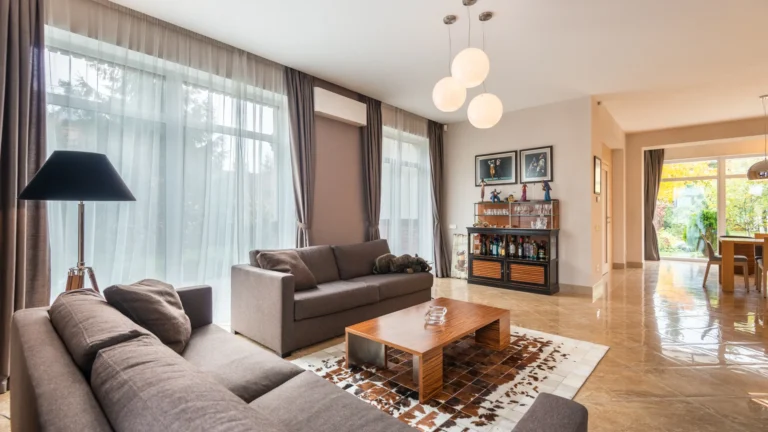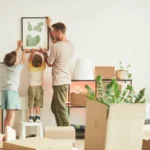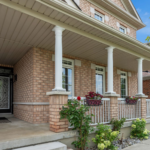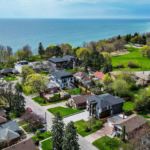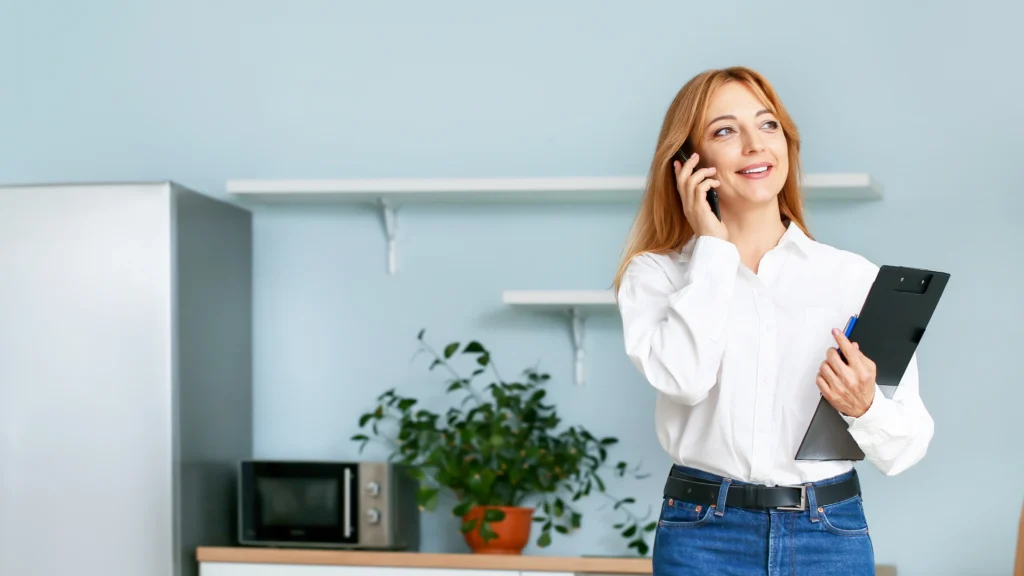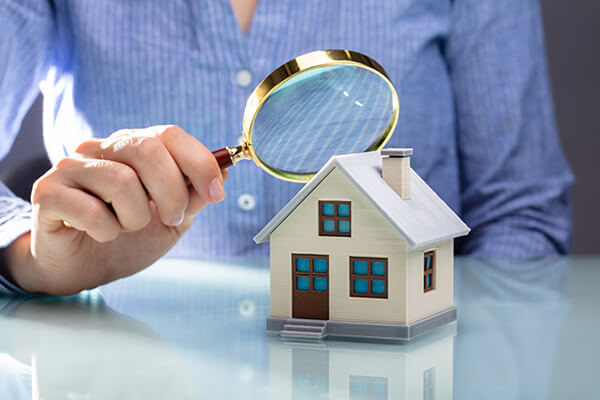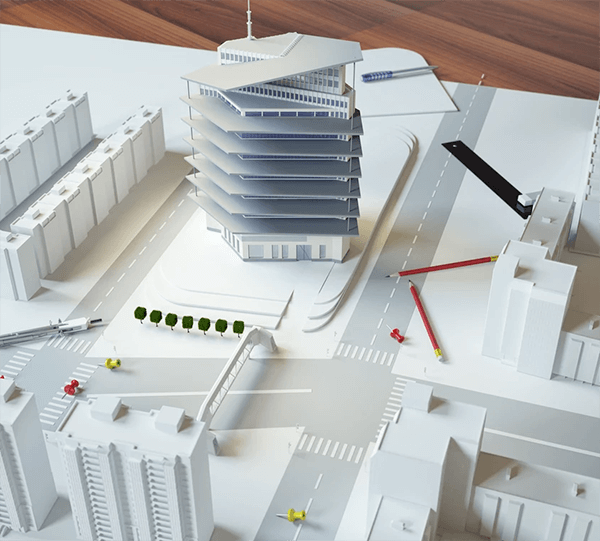The real estate market moves quickly, and first impressions make all the difference. For experts, staging a home makes it easier for a buyer to visualize the property as a future home. For those in the business, staging undeniably impacts both buyer perception and sale outcomes.
It may be a downtown Toronto condo or a suburban Calgary family home, if you’re wondering how to stage a house for sale, the key is creating an emotional connection that photographs, and virtual tours alone can’t achieve. In this comprehensive guide, we’ll walk you through every consideration to transform your property into a buyer’s dream:
- The psychology behind why staging works so effectively
- Step-by-step traditional staging techniques used by professionals
- How to stage a house for sale with game-changing virtual tools
- Room-specific strategies that highlight your home’s best assets
- Seasonal adjustments for the Canadian climate
- Cost-benefit analysis of different staging approaches
Let’s explore how to present your home in its absolute best light.
The Science Behind Successful Home Staging
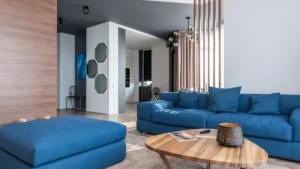
Understanding why staging works requires examining buyer psychology. When you stage a house for sale and prospective buyers walk through a property, they’re not just evaluating square footage and finishes —they’re unconsciously assessing whether they can see themselves building a life there. A staged home that fits with your idea of coziness, wellbeing, and happiness will be harder to forget, and you might devote more efforts to buy it.
This emotional connection translates directly into the bottom line. Research indicates that staged homes sell faster, with nearly half of the sellers in a NAR report perceiving a reduction of time on the market. It comes down to three key factors:
- Visualization - Buyers struggle to see potential in empty or cluttered spaces
- Perceived Value - Well-designed spaces appear more valuable
- First Impressions - Most buyers form an opinion within the first moments of viewing
Traditional Staging: Creating Irresistible Spaces
To see how to stage a house for sale professionally, work with specialists that approach properties with a trained eye for maximizing appeal. While every home requires customized solutions, these fundamental techniques form the foundation of successful staging.
The Art of Decluttering
Decluttering goes far beyond tidying up—it’s about creating some breathing room that allows buyers to appreciate the architecture and flow of your home. Start by removing about half of your decorative items and personal belongings. Do pay attention to:
- Countertops (completely clear kitchens and bathrooms appear more spacious)
- Bookshelves (leave some books artfully arranged but remove most)
- Closets (buyers will open them, so organize with ample space visible)
Consider renting a storage unit for excess furniture and belongings during the selling process. The temporary inconvenience pays dividends when buyers can properly evaluate each room’s proportions.
How to Stage a House for Sale Focusing on Mass Appeal: Depersonalizing
Your family photos and personal collections tell your story beautifully, but they prevent buyers from imagining their own lives in the space. Systematically remove:
- Family photographs and personal memorabilia
- Polarizing artwork or decor
- Religious or political items
- Collections that dominate rooms
This doesn’t mean creating sterile environments: strategically placed, neutral decor like abstract art, simple vases, or decorative bowls maintain warmth while keeping the focus on the home itself. You might want to explore interior design trends for the season, here.
Strategic Furniture Arrangement
How to stage a house for sale like a pro? Experts might completely rethink furniture layouts to highlight a room’s best features. Some key principles that you could use:
- In living rooms, create conversation areas by angling furniture toward each other rather than lining walls
- Remove excess pieces to emphasize spaciousness—most rooms only need 3-4 key furniture items
- Ensure clear pathways through each room (at least 3 feet wide)
- In bedrooms, position the bed as the focal point with adequate walking space on both sides
For vacant properties, consider partial staging of key areas rather than leaving the home completely empty. Even just staging the living room, kitchen, and primary bedroom makes a significant difference in buyer perception.
Virtual Staging: The Digital Revolution
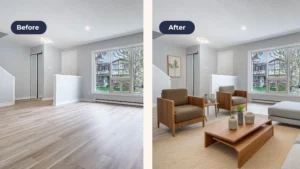
As technology transforms real estate marketing, virtual staging has emerged as a powerful tool—especially for vacant properties or homes needing cosmetic updates. This process uses advanced 3D rendering to digitally furnish and decorate listing photos, thus creating realistic representations of a home’s potential.
How to Stage a Home for Sale with Virtual Tools
The process begins with high-quality photographs of empty or outdated rooms. Design specialists then use software to:
- Add furniture scaled perfectly to the room’s dimensions
- Incorporate decor that matches current design trends
- Adjust lighting and finishes to create warmth
- Even modify architectural elements like wall colors or flooring in some cases
Unlike traditional staging which requires physical labor and rental logistics, virtual staging can be completed in 48-72 hours at a fraction of the cost.
When Virtual Staging Makes Sense
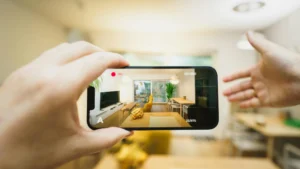
While not replacing traditional staging entirely, virtual solutions excel in specific scenarios:
- Vacant Properties – Empty rooms photograph poorly and feel unwelcoming
- Dated Interiors – Modern digital furnishings help buyers see past old decor
- Competitive Markets – You can stand out with multiple style options for the same space
- Remote Sellers – No need to be on-site for staging installation
- Budget Constraints – Costs 60-80% less than physical staging
- Reach Buyers Faster – if you’re wondering how to stage a home for a quick sale, this is always a good choice
Top platforms like BoxBrownie and Styldod offer various service levels from basic furniture placement to complete room transformations with multiple design style options, including simulated options made with generative AI that are revolutionizing the business.
Room-by-Room Staging Strategies
Most people have a clear idea of what the ideal living room or bedroom looks like. When looking into how to stage a home for a quick sale, consider that each room requires a tailored approach to maximize its appeal. Sometimes, a great area of your home can be the key motivator for a buyer, so working with professional techniques can lead to closing a sale.
Living Room: The Heart of the Home
As the most photographed and frequently used common area, living rooms deserve special attention. Start by ensuring the space feels bright and airy—open all window coverings and supplement with strategic lighting. Arrange seating to facilitate conversation, typically in an L-shape or around a central coffee table. Add subtle texture through throw pillows and blankets in neutral tones, consider placing a few coffee table books, or a simple centerpiece, to create visual interest without clutter.
Kitchen: Clean and Functional
Buyers scrutinize kitchens more than any other room. Remove all small appliances from countertops, leaving only one or two decorative items like a bowl of fresh fruit or a cookbook stand. Clear out about two-thirds of items from cabinets (buyers will look inside) and organize what remains neatly. A fresh coat of paint on cabinets can work wonders for dated kitchens, and new hardware provides an inexpensive update. Ensure all surfaces sparkle—pay special attention to grout lines, faucets, and glass surfaces.
Bedrooms: Serene Retreats
The primary bedroom should evoke relaxation and luxury. Make the bed with crisp, neutral linens using multiple layers—a fitted sheet, flat sheet, lightweight blanket, and duvet with several pillows to create a hotel-like appearance. Clear nightstands of personal items, leaving just a lamp and perhaps one small decor piece. If space allows, add a seating area like a small chair or bench. For children’s bedrooms, neutralize bright colors and remove most toys to help buyers envision the room’s potential.
Seasonal Staging for Canadian Markets
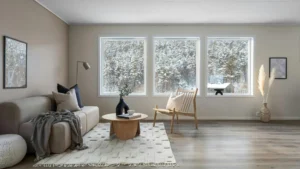
Canada’s distinct seasons require thoughtful staging adjustments to keep your home appealing year-round.
How to stage a house for a sale in the winter
The colder months present unique challenges. Combat dreary weather by:
- Maximizing all available light sources
- Adding warm textures like wool throws and area rugs
- Ensuring walkways and driveways are always clear of snow and ice
- Using subtle seasonal decor like evergreen arrangements
How to stage a house for a sale in spring or summer
Take full advantage of pleasant weather by:
- Highlighting outdoor living spaces with staged patio furniture
- Keeping windows open to allow fresh air during showings
- Adding fresh flowers or potted plants
- Ensuring lawns are neatly mowed and gardens are tidy
Measuring the Return on Staging Investment

While staging requires an upfront investment, multiple studies confirm its financial benefits. Here’s three great stats from NAR:
- The median US dollar value spent when using a staging service was $1,500, compared to $500 when the sellers’ agent personally staged the home.
- When staging a home, 19% of sellers’ agents reported an increase of 1% to 5% of the dollar value offered by buyers in comparison to similar homes.
- 30% of sellers’ agents stated that there were slight decreases in the time on market when the home was staged.
When budgeting for staging, consider that the extent of services, including design consultations, furniture rentals, decoration, and professional arrangement, will impact the overall cost.
Traditional Staging Costs
- Full home: $2,000-$5,000
- Partial staging: $750-$1,500
- Rental duration (typically 1-3 months)
Virtual Staging Costs
- Per room: $100-$300
- Full home packages: $500-$1,200
- Revisions or multiple style options may cost extra
- Some sites such as REimagineHome provide AI tools to do it yourself for just USD $14/month. With AIHomeDesign, you can stage photos for USD $1 dollar.
If you’re wondering how to stage a house for sale without going over your budget, we recommend allocating 1-3% of the expected sale price to staging. It could generate a strong return through either higher offers or faster sale timelines.
How to Stage a House For A Sale: Frequently Asked Questions
Does staging really make a difference in how quickly my home sells?
Absolutely. Multiple industry studies confirm staged homes sell significantly faster than unstaged properties. The exact difference depends on your local market conditions, but the effect is consistently positive.
What rooms should I prioritize if I can’t stage the entire house?
Focus on the living room, kitchen, and primary bedroom—these spaces have the greatest impact on buyer decisions. If possible, also stage at least one bathroom and the home’s exterior entrance.
Is virtual staging ethical?
When done properly, virtual staging is completely ethical as long as:
- The listing clearly discloses that images are virtually staged
- The staging realistically represents the home’s actual proportions
- No structural elements are altered (like removing walls digitally)
Can I stage my home myself or should I hire a professional?
While motivated sellers can certainly implement basic staging principles, professional stagers bring trained eyes and often have access to furniture and decor inventory that most homeowners don’t (with access to better prices for rentals). Their expertise typically generates a stronger return on investment. You could consult with our agents to explore your options.
How far in advance should I stage before listing?
Ideally, complete staging 1-2 weeks before your listing goes live. This gives time for professional photography and allows you to maintain the staged appearance for showings.
Staging as Your Strategic Advantage In Canada’s Housing Market
In today’s competitive real estate market, staging has evolved from a luxury to a necessity for serious sellers. Whether you choose traditional staging, virtual solutions, or a combination approach, presenting your home at its absolute best significantly impacts both your sale timeline and final price.
Remember that staging isn’t about disguising flaws—it’s about helping buyers see your property’s full potential and helping them see a great life in their new home. By following these research-backed techniques and tailoring them to your specific property and market, you’ll position your home for maximum buyer interest and optimal results.
Ready to take the next step? Begin with a thorough decluttering session today, and consider consulting with our agents to develop a customized plan for your property.
